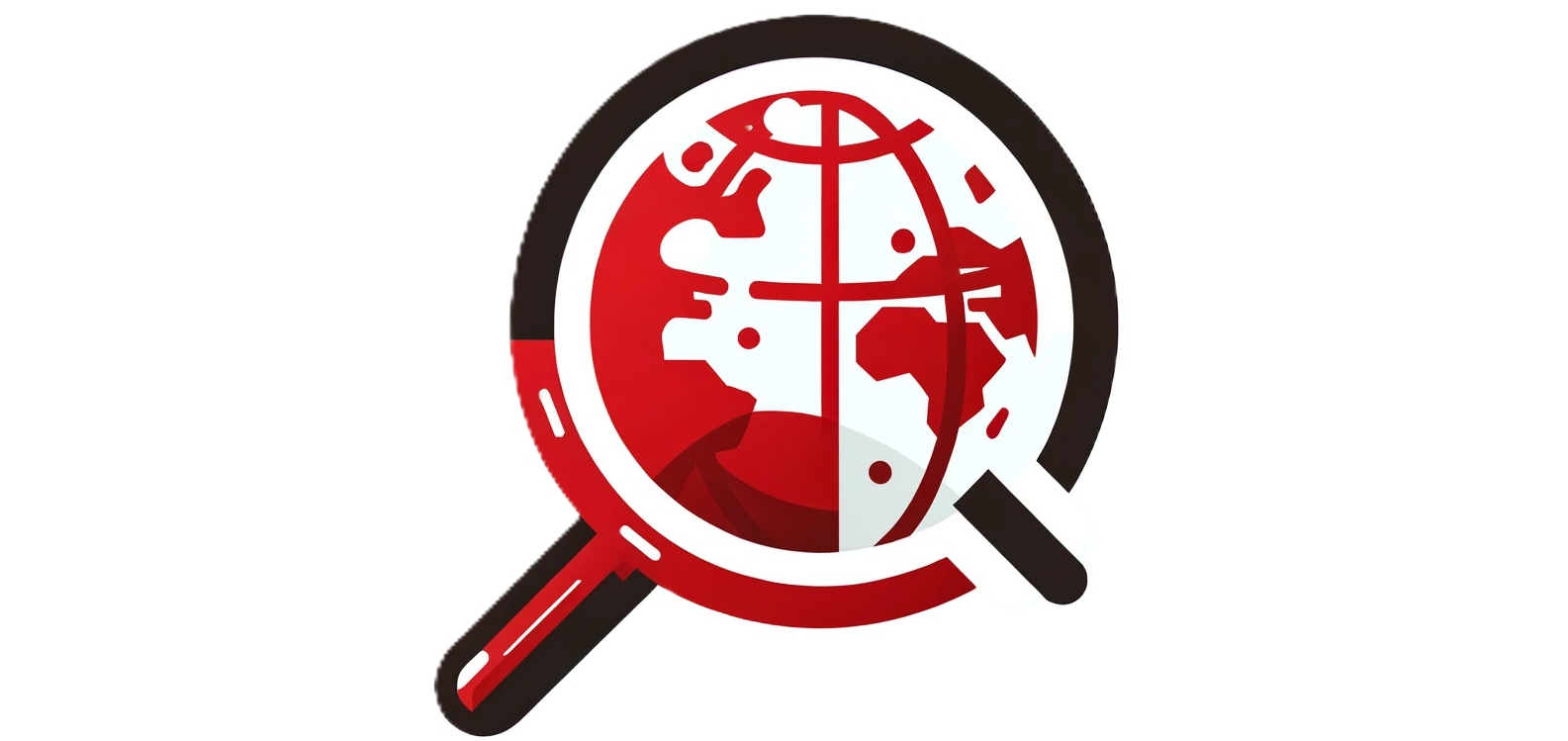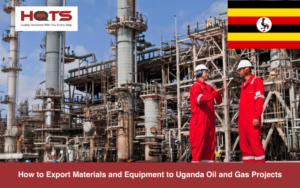In a world where industrial processes are becoming increasingly complex, the role of pipes in transporting materials such as water, oil, gas, and chemicals cannot be overstated. Pipes are integral to modern infrastructure.
Similar to many other industrial goods, sourcing pipes from overseas suppliers can pose challenges and risks, particularly concerning conformity to quality standards and adherence to contractual agreements. It is here that pipe quality control and third party pipe inspection comes into play. In this article, we’ll go through the main parts that are checked in an unbiased pipe quality inspection
Uncovering the Main Quality Defects in Pipes
Quality defects can seriously jeopardise the efficacy of pipes. Some prevalent defects that we encounter in our inspections include:
- Weld Defects: Incomplete penetration, undercuts, or porosity. These may cause joint weaknesses leading to potential failures.
- Incorrect Dimensions: Deviations in diameter, length, or alignment, which can disrupt fitting, hampering the overall functionality.
- Corrosion and Material Inconsistencies: Poor material quality or incorrect heat treatment leading to corrosion or structural weaknesses.
- Surface Cracks and Scratches: Minor surface imperfections.
Quality Checklist for Pipe Inspection
Our inspections revolve around five core criteria: quantity, workmanship, style, color and documentation, field test and measurement, shipping marks, and packaging. The inspection is usually conducted during the pre-shipment stage, when at least 80% of the pipes are completed and ready for shipment.
However, keep in mind that thee inspection checklist may vary depending on the scope of the inspection.

1. Quantity Verification
The inspection begins with a verification of quantity, confirming the number of products ready for shipment. This step ensures that the shipment corresponds with the terms outlined in the contractual agreement.

2. Workmanship Assessment
The inspector will then assess the overall workmanship of the pipes through a visual inspection. The inspector will check the quality of welds, including weld profiles, alignment, and absence of defects such as cracks or porosity. The inspector will also check the surface of the pipes for scratches, dents, pits, or other imperfections that could affect performance or aesthetics.
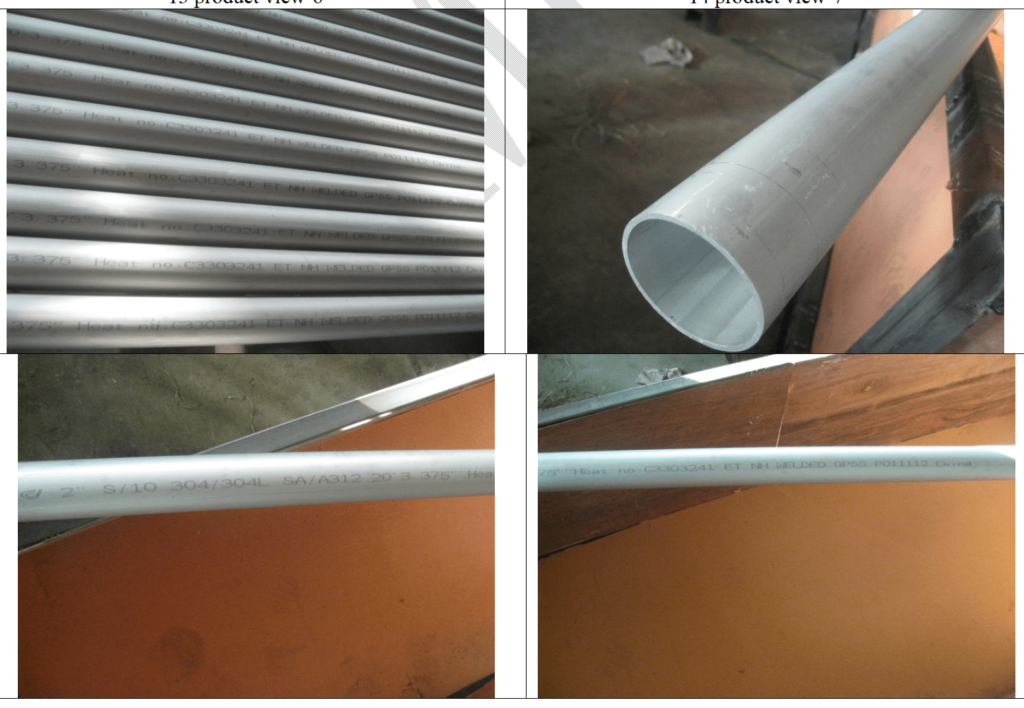
3. Style, Color, and Documentation
The products are checked for consistency with the purchase order and product specifications. In this stage, all relevant documentation such as material certificates, welding procedure specifications, test reports, and quality control records may be reviewed.
4. Field Test and Measurement
An important part of 3rd party pipe quality inspection is the performance of field tests and measurements. During this phase, the inspector will verify that the dimensions of the pipes correspond accurately to the specifications. For example, checking that the pipes meet the dimensional requirements, including diameter, thickness, length, and alignment, using precise tools such as calipers or rulers, and perform a product weight check.
The inspection process also usually includes the following methods to ensure compliance with quality standards:
- Positive Material Identification (PMI): A non-destructive test that verifies the material composition to confirm that it meets the specified alloy grade and standards.
- Ultrasonic Testing: Detect hidden imperfections within a material, flaws such as cracks, leaks, and changes in material properties.
- Eddy Current Testing: Use electromagnetic induction to detect flaws and changes in the material properties of conductive materials.
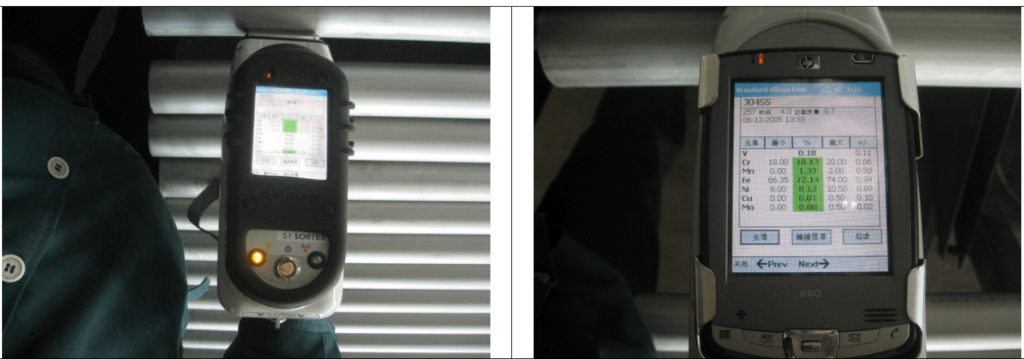
5. Shipping Mark and Packaging
The last part is to check the accuracy and legibility of shipping marks and cross-reference the provided information with documentation and purchase orders. Additionally, the inspector will check to see if the manufacturer has used suitable protective materials in the packaging to reduce potential damage during transit.
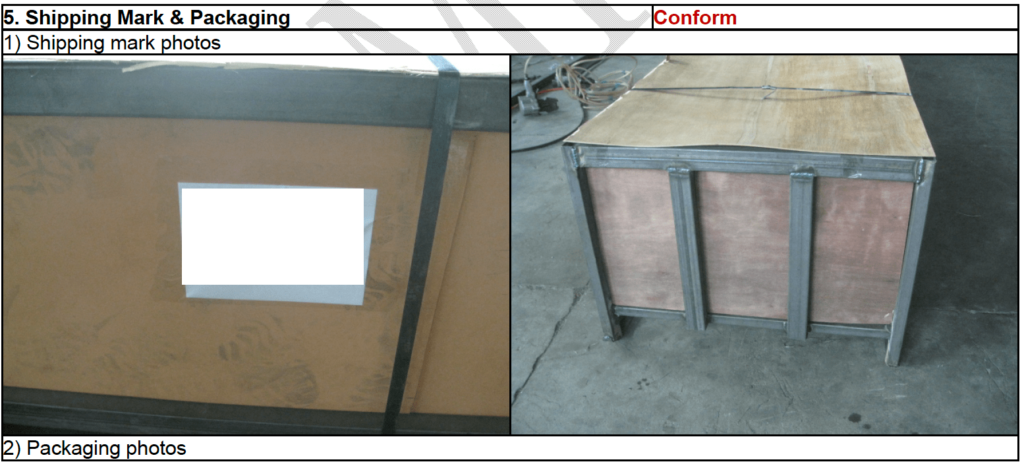
Conclusion: Third Party Pipe Inspection
Third party pipe inspections are important for quality assurance in overseas sourcing. Our quality pipe inspections include five core categories: quantity, workmanship, style, color and documentation, field tests, shipping marks, and packaging.
While this provides an overview, please note that the checklist can vary based on client requirements. With over a decade of experience, AQM BD is a CNAS ISO-accredited quality control company covering 40+ regions globally. We specialise in third party pipe inspections both locally and overseas. Contact us today to learn more.
